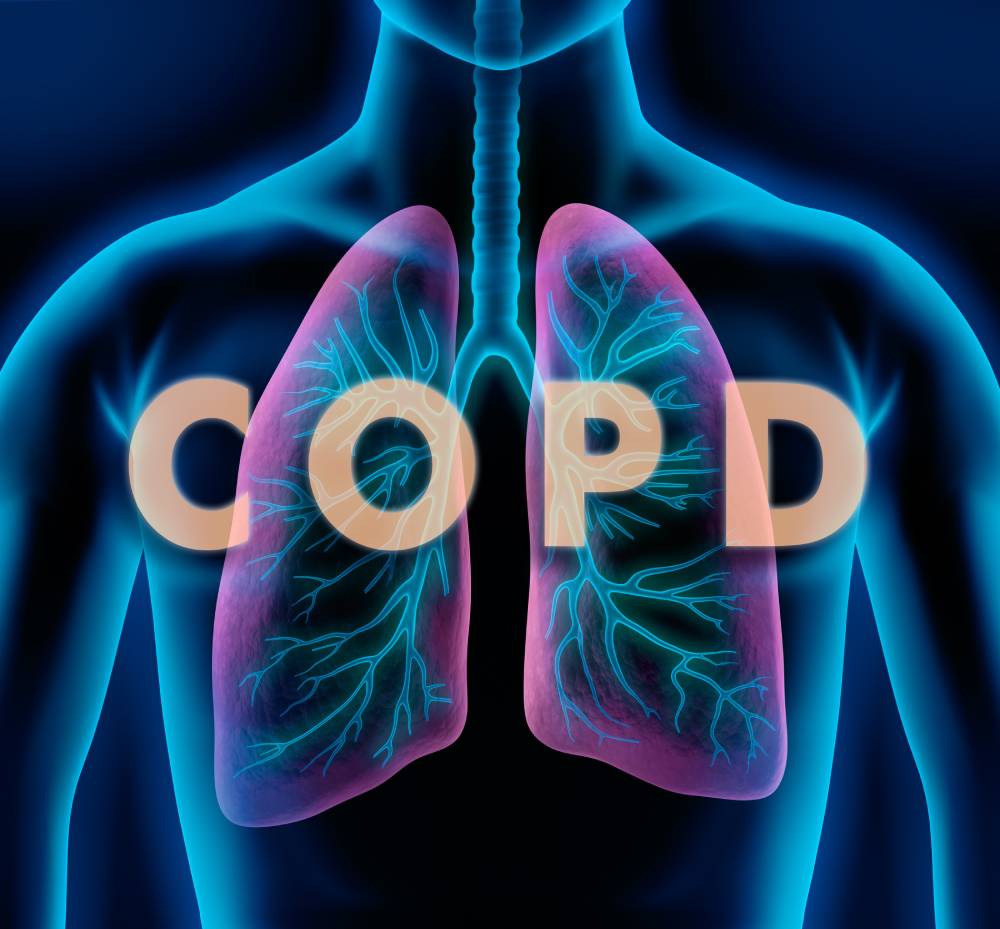
COPD: How to Understand and Live With It
Chronic Obstructive Pulmonary Disorder (COPD) affects the lungs and can cause respiratory issues. It is common among middle-aged to elderly humans. Because of its slow progress, most people ignore the signs and symptoms or consider them signs of aging.
Breathing problems are among the most essential and evident indicators and signs of chronic Obstructive Pulmonary Disorder. If you experience even the tiniest issue with the breath of your partner, you should a good idea to see a Pulmonologist in Lahore to get the correct diagnosis.
Different types of chronic obstructive Pulmonary Disease
Chronic Obstructive Pulmonary Disease, also known as chronic obstructive Pulmonary Disorder is the long period that encompasses two different illnesses. It includes:
Chronic Bronchitis
The inflammation and irritation of the most frequent airway in the lungs. It is common in those who smoke. The symptoms include a cough and mucus that is dark in color sore throat or chest wheezing. In the case of acute bronchitis, these symptoms may also disappear in 2 to 3 weeks. In the case of chronic bronchitis, these symptoms and signs may persist for more than three months. In addition, chronic bronchitis could make it difficult to breathe.
Emphysema
The chronic lung condition causes damage to the air sacs in the lungs, referred to as alveoli. Smoking is one of the main causes of this condition. It causes damage to the walls within those air sacs which reduces the area of the lungs, and blocks the flow of oxygen to the bloodstream. It decreases the ability to stretch the lungs. This can cause respiratory issues.
A lot of health experts believe that asthma bronchial should be classified under the heading Chronic Obstructive Pulmonary Disease similarly. But, it’s not been treated as such. The reason is that smoking cigarettes is the most common cause of COPD forms, while the triggers for bronchial asthma are the triggers for allergies. If you wish to avoid asthma, you can take Iversun 12mg or Iversun 6 mg medication to eliminate the asthma-related disease.
Chronic Obstructive Pulmonary Health Signs and Symptoms
In the beginning, Chronic Obstructive Pulmonary The symptoms of the disease are infrequently significant. Consequently, the majority of people are not aware that they’ve developed the illness. These symptoms are persistent and may get worse if those suffering from this disease don’t stop smoking.
The first signs of chronic obstruction are often the earliest symptoms. Pulmonary Disease:
- Consistent cough
- Sneezing
- The chest is a source of pressure.
- Recurrent respiratory infections
- Problems with breathing, especially following physical exertion
- As the disease progresses the symptoms and signs may be worsened and comprise:
- Weight loss
- Inflammation in the feet, ankles, or legs
- Fatigue
The causes and risk factors for COPD
One of the main causes of chronic obstruction of the lungs is exposure to irritants for the lung. For instance, fumes and smoke. COPD is more prevalent among those who are over 40. People with a history of smoking cigarettes are significantly less likely to suffer from COPD as they get older. Consuming too much cigarettes or inhaling secondhand smoke can also increase the risk of COPD.
It’s not the only thing. Employees who work in environments that expose them to hazardous chemical fumes and chemicals could cause the spread of chronic Obstructive Pneumonia. Exposed for a long time to dust and air pollution can be another reason for this condition. Asthmatic sufferers are at risk of developing COPD also, especially when they smoke.
In some rare cases, COPD may be genetic. The protein that is deficient in genetics alpha-1-antitrypsin may cause damage to the lungs.
What do I know if COPD is diagnosed?
To determine if you have COPD To diagnose COPD, you’ll need to consult with an expert doctor and explain your symptoms and signs.
Things your doctor must know:
Family family history COPD
smoking (First and secondhand)
Smoking is a part of history (ex-smokers)
Inhalation of irritants to the lung from work
Asthma and other breathing problems
Frequency of breathing signals
All prescription and over-the-counter medicines that you consume.
Tests to analyze
To determine if you are in good health, your doctor will be able to check your breathing using a Stethoscope. Based on this they’ll conduct the following tests:
Spirometry
A non-invasive examination that tests lung function is known as spirometry. In this look, you breathe directly into a device known as a Spirometer. It measures the amount of air you exhale within one second, and the overall amount of air you exhale.
Tests for imaging
The tests can comprise an X-ray and CT scan. An X-ray could detect the health of your chest, and lungs, or any other damage to your lungs. In the same way, with a CT study, the doctor can obtain a full image of the lungs.
Arterial blood fuel takes a look at
The ABG test requires an artery blood sample taken from an artery. It will determine the level of oxygen in your blood as well as the amount of carbon dioxide you exhale.
Other lab tests
Doctors can also prescribe tests to determine if there is a deficiency and check if it’s genetic. The doctor might also request other tests to check for heart problems or chest infections since these conditions aren’t uncommon for COPD sufferers.
Is COPD possible to treat?
COPD isn’t curable however it’s a lot of work. Doctors can treat symptoms to stop the progression of the condition. If COPD is a result of smoking cigarettes, a Pulmonologist in Islamabad may also recommend quitting smoking cigarettes. Stopping smoking cigarettes is a good thing you’ll be doing yourself, particularly for people who are suffering from COPD.


